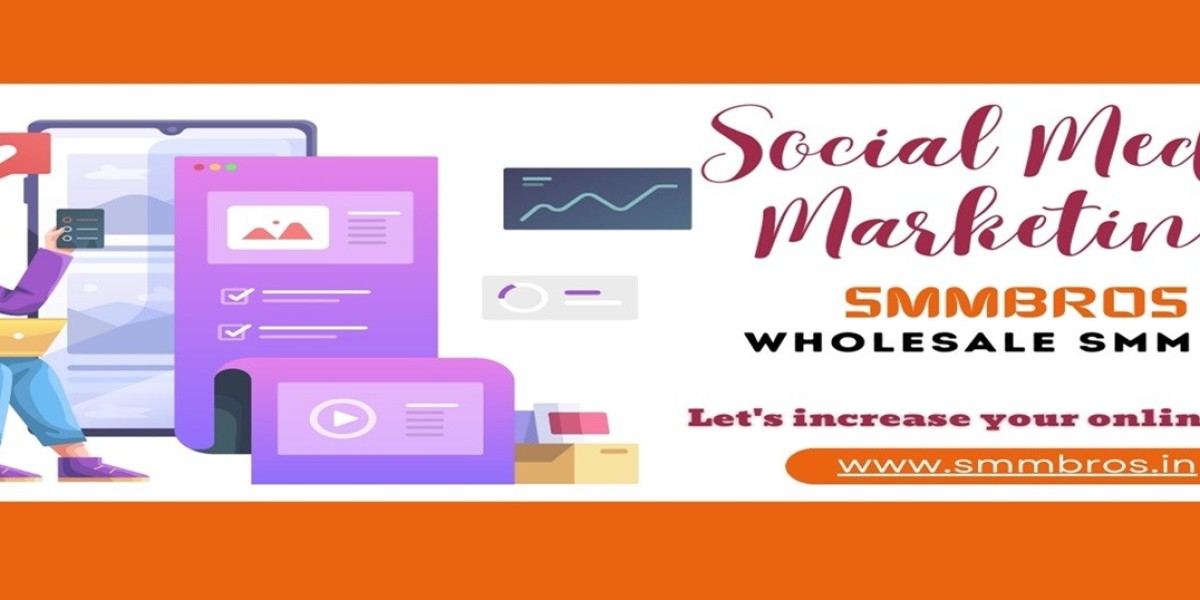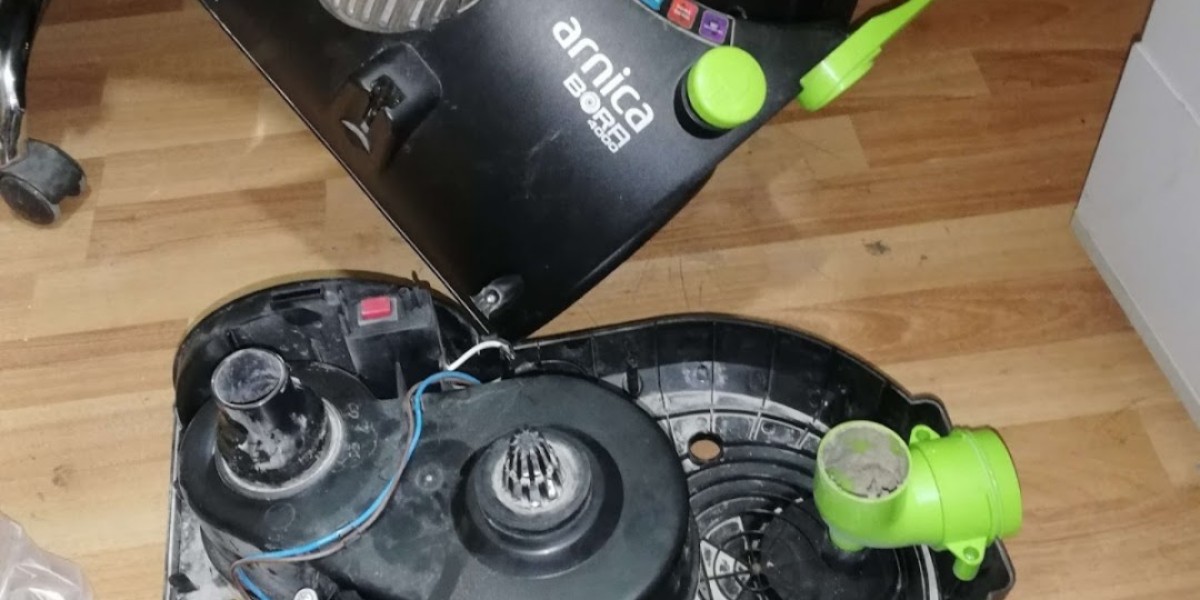In today’s fast-paced online world, PPC Ads (Pay-Per-Click Advertising) have become a core strategy for every business aiming to dominate search visibility and drive targeted traffic instantly. Whether you’re running a small startup or managing a full-scale agency for Digital Marketing in Islamabad, PPC advertising offers precision, control, and measurable results that organic efforts alone can’t deliver.
Unlike traditional marketing, PPC allows you to pay only when someone actually clicks on your ad — giving you direct control over your ad spend and a clear path to conversions. In short, PPC isn’t just about buying clicks; it’s about buying valuable business opportunities.
Let’s dive deep into what PPC is, how it works, and how to leverage it to maximize performance and ROI.
What Are PPC Ads and How Do They Work?
PPC (Pay-Per-Click) is a digital advertising model where advertisers pay a fee each time one of their ads is clicked. It’s essentially a way of buying visits to your site rather than earning them organically.
Here’s a breakdown of the process:
| Step | Action | Purpose |
|---|---|---|
| 1. Keyword Selection | Choose high-intent keywords related to your business. | To target the right audience. |
| 2. Ad Creation | Write compelling ad copy and design visuals. | To attract user attention. |
| 3. Bidding Strategy | Set bids for clicks or impressions. | To control ad spend. |
| 4. Launch Campaign | Publish ads on platforms like Google Ads or Meta Ads. | To start generating clicks. |
| 5. Monitor & Optimize | Analyze performance data and adjust. | To maximize ROI. |
Platforms like Google Ads, Bing Ads, and Meta Ads dominate the PPC landscape, each providing granular targeting options that help marketers reach specific demographics, behaviors, and locations.
Types of PPC Advertising
To make your strategy more effective, it’s crucial to understand the main types of PPC campaigns:
Search Ads – Text-based ads appearing on search engine results pages (SERPs).
Display Ads – Image-based ads shown on websites, apps, or videos within the Google Display Network.
Shopping Ads – Product-based ads showcasing images, prices, and links for e-commerce.
Video Ads – Ads running before or during video content, mostly on YouTube.
Remarketing Ads – Target users who have already interacted with your brand or website.
Social Media PPC – Ads on Facebook, Instagram, LinkedIn, and TikTok designed for engagement and conversions.
Each format serves a different stage of the buyer’s journey—from awareness to conversion.
Why PPC Ads Are Essential for Digital Marketing in Islamabad
The digital landscape in Islamabad has evolved into a highly competitive environment. Businesses ranging from startups to established brands are using PPC to stand out in crowded markets.
Here’s why PPC is non-negotiable in Islamabad’s digital marketing ecosystem:
Immediate Results: Unlike SEO, PPC drives instant visibility and traffic.
Local Targeting: You can focus your ads on specific areas, like F-7 or Blue Area, for precise reach.
High ROI: You only pay when someone shows real interest by clicking your ad.
Data-Driven Decisions: Real-time analytics help track performance and adjust campaigns quickly.
Multi-Platform Presence: You can run ads on search, social, and even maps to cover all digital touchpoints.
Businesses investing in PPC are experiencing up to 200% return on ad spend (ROAS) when campaigns are properly optimized.
Building an Effective PPC Strategy (Step-by-Step)
1. Research Your Keywords
Start by understanding your target audience. Use intent-based keywords that reflect what users are searching for.
Focus on commercial and transactional keywords (e.g., “buy,” “best,” “affordable,” “near me”).
Avoid overly broad keywords that waste your budget.
2. Craft High-Converting Ad Copy
Your ad copy must align with user intent.
Best Practices:
Include your target keyword in the headline.
Add a clear call to action (CTA) like “Get a Free Quote” or “Shop Now.”
Use emotional triggers (“Save Time,” “Limited Offer”).
3. Optimize Landing Pages
Your landing page experience determines your Quality Score, which affects cost-per-click (CPC) and ad placement.
Make sure your page:
Loads fast (under 3 seconds).
Is mobile-friendly.
Has persuasive visuals and clear CTAs.
4. Use Smart Bidding Strategies
Platforms like Google Ads offer AI-driven bidding options (e.g., Target CPA, Target ROAS). These use machine learning to optimize for conversions automatically.
5. Track, Measure, and Improve
Use conversion tracking to analyze which ads bring the most leads or sales. Review metrics like:
Click-through rate (CTR)
Conversion rate (CVR)
Cost per conversion
Quality Score
Adjust based on performance to continuously improve your results.
Common PPC Mistakes to Avoid
Even experienced marketers slip up. Here are some pitfalls to stay clear of:
Targeting too broad an audience
Ignoring negative keywords
Not using ad extensions
Failing to test different ad variations
Neglecting landing page optimization
A successful PPC campaign isn’t about spending more—it’s about spending smarter.
PPC Ads vs SEO: Which Is Better?
| Feature | PPC Ads | SEO |
|---|---|---|
| Results Timeframe | Immediate | Long-term |
| Cost | Paid per click | Free (but time-intensive) |
| Traffic Control | Full control | Algorithm-dependent |
| Data Insights | Real-time | Delayed |
| Best Use Case | Lead generation, promotions | Brand awareness, authority building |
For a complete digital marketing in Islamabad strategy, combining PPC and SEO yields the best balance between instant results and sustainable growth.
Expert Tips for Maximizing PPC ROI in 2025
Leverage AI Tools: Use AI for keyword bidding, ad personalization, and predictive targeting.
Experiment with Responsive Ads: Allow Google to automatically mix headlines and descriptions for best performance.
Integrate PPC with Analytics: Use data-driven insights from Google Analytics or similar platforms for optimization.
A/B Test Everything: Headlines, CTAs, and visuals—test them all to find your winning combination.
Use Retargeting: Keep your brand top-of-mind for visitors who didn’t convert initially.
With intelligent tracking and continuous optimization, PPC can evolve from a cost center into a profit engine.







